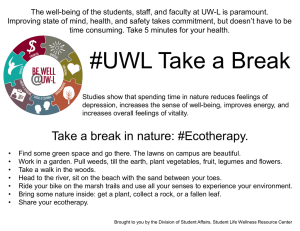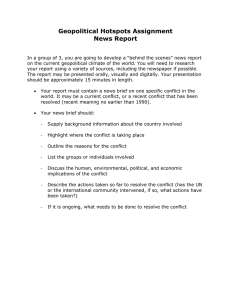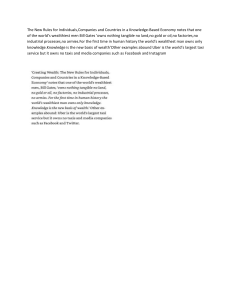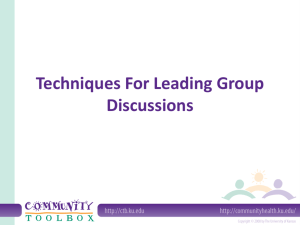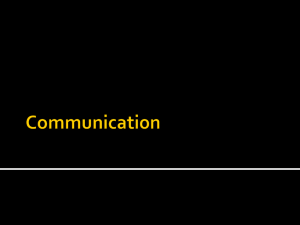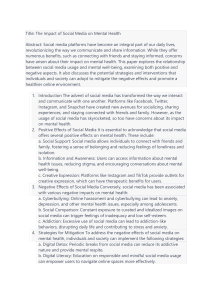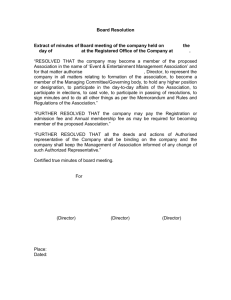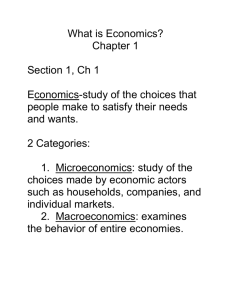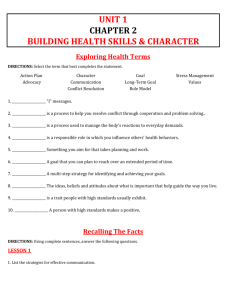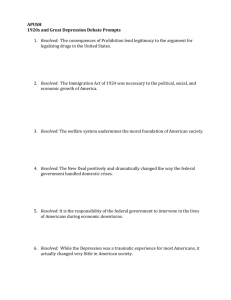Problem Solving Models - PE
advertisement
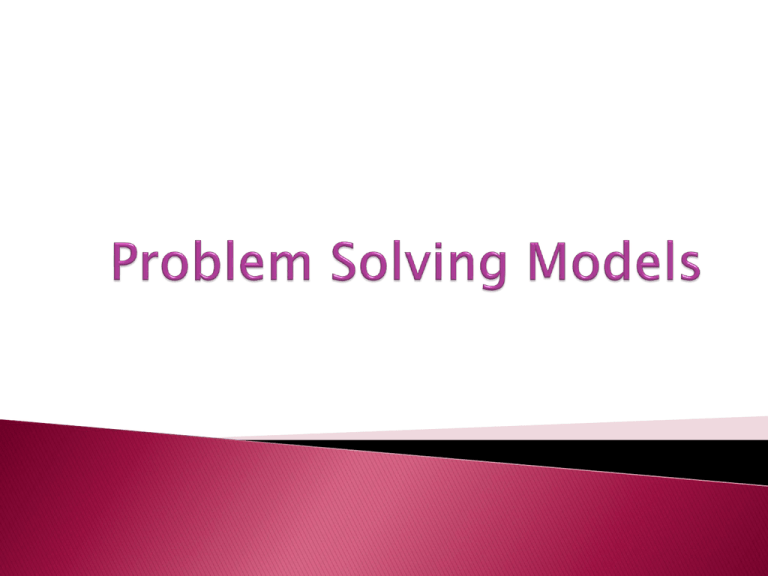
Problem solving is important for maintaining a healthy balance between the dimensions of a person’s well-being. If problems are not resolved then they can have a major impact on people’s mental and emotional well-being. 1. Define the problem as clearly as possible. 2. Identify needs and feelings about the problem. 3. Consider the other people involved in the problem and what their needs and feelings are likely to be. 4. Identify a possible solution and how people are likely to feel as a result of its implementation. 5. Consider what needs to be achieved, the barriers to this and how these will be overcome, and any additional information needed. 6. Decide on a suitable time and place to raise the issue with the other people who have some involvement in the problem. Where ‘another’ person owns the problem Scenario My friend (Fiona) thinks her boyfriend (Brad) is cheating on her. Apply the steps of the model Step Step Step Step Step Step 1: 2: 3: 4: 5: 6: The DESC Model Can be used to solve personal problems, or a person you know could use it to solve their problem or you could respond assertively to a situation. This is a good model to resolve situations immediately or within a short time. D = Describe how I am feeling, using “I feel’ statements. E = Explain the situation as specifically as possible. S = Specify the nature of the change I want in a positive way. C = Describe the positive consequences for me. Model 3: An ‘outcome-oriented’ model – an alternative model for personal problem solving. This model can be used as an alternative to either of the models 1 or 2 when one person owns the problem. This is a lot like an action plan – and a person has time to plan their approach to the problem, and also if the problem is one that may take some time to resolve. STEPS: states clearly the outcome they want states the problem as they see it now decides how to remove barriers that prevent a solution being reached firstly, uses their own resources as much as they are able secondly, finds additional resources or help as needed when their own resources are insufficient knows what to look for to show that progress has been made towards reaching a solution describes how the achieved result fits in with their longterm goal(s) Model can be used when ‘I’ own the problem Model 4: Where two or more people own the problem Identify the problem, with each party listening carefully to the other side. Brainstorm some possible solutions without going as far as trying to evaluate (weigh up or assess) the situation. Find one solution that suits both people which includes discussing the consequences of such a decision – this may require negotiation and compromise Both parties agree to try out the suggested solution within a set time frame. Evaluate the situation to determine whether or not the conflict has been adequately resolved and everyone is feeling more positively about the situation. If not, another solution needs to be found. Steps options PROBLEM OPTIONS OUTCOME CHOICE
